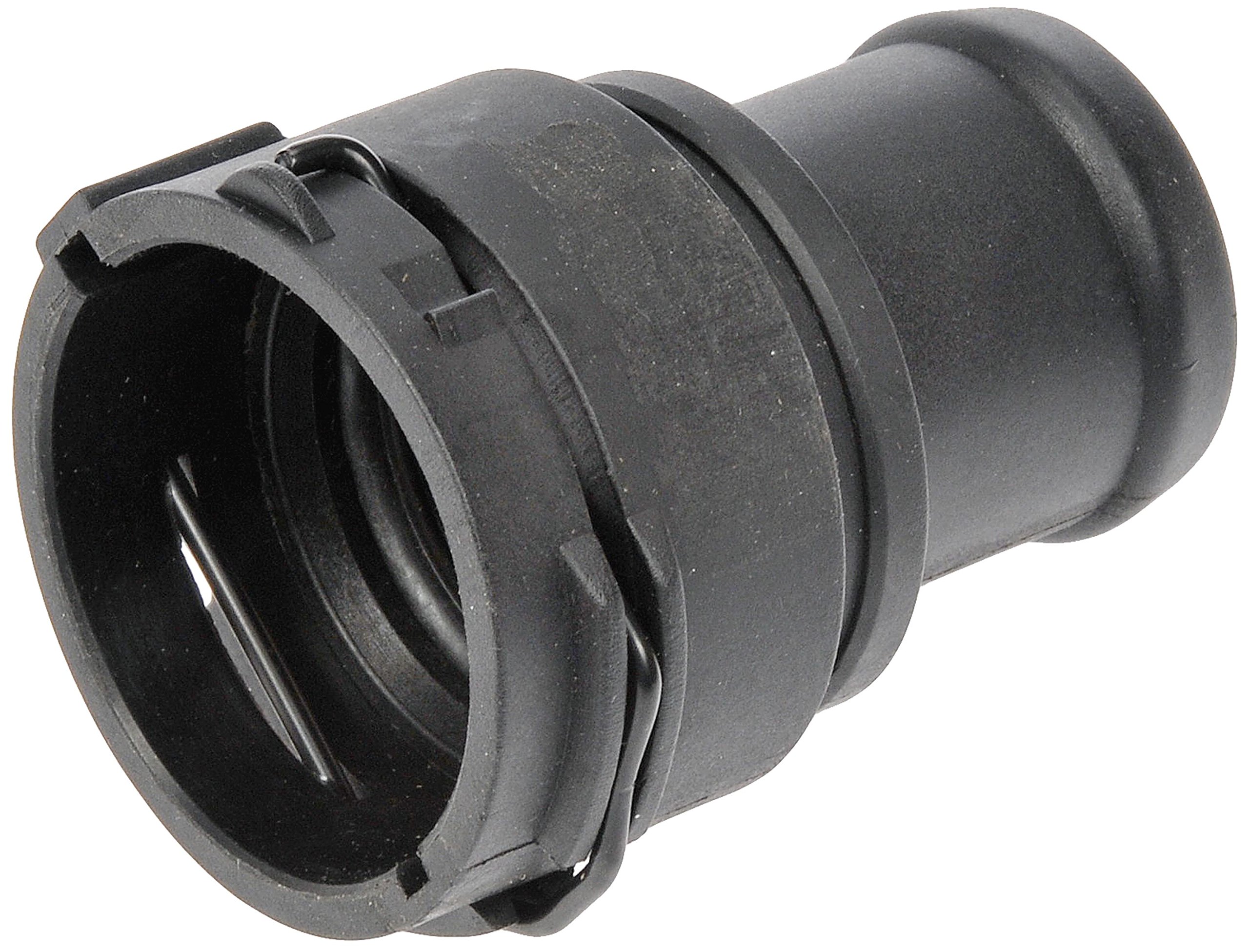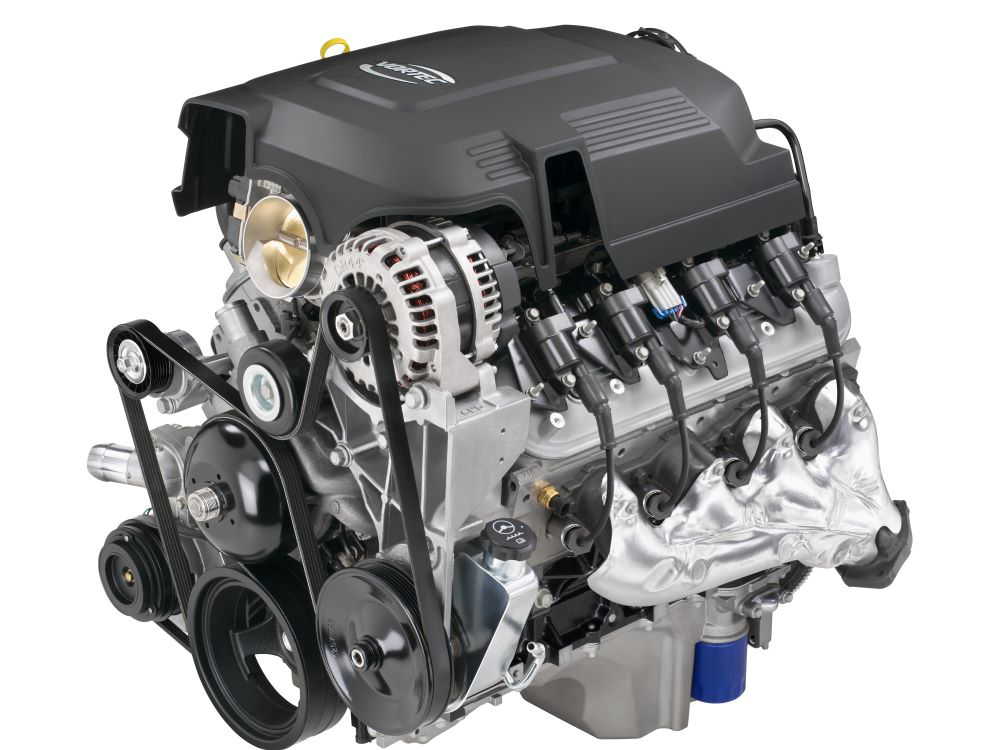Under your vehicle’s hood lies a complex system of components working together to keep your engine running smoothly. One critical element in this intricate web is the radiator coolant hose connector. While it may seem small and often overlooked, its role in the cooling system is vital.
Imagine your vehicle’s cooling system as a circulatory system and the radiator coolant hose connectors as the veins that ensure a consistent coolant flow, regulating engine temperature and preventing overheating. Like any other component, these connectors can encounter issues over time, leading to coolant leaks, reduced performance, and even engine damage if ignored.
This comprehensive guide will take you through everything you need about radiator coolant hose connectors. Whether you’re a seasoned DIY mechanic or a car owner looking to understand more about your vehicle’s maintenance, we’ve got you covered. From troubleshooting common problems to selecting the right replacement part and performing regular maintenance, this guide will empower you to master the world of radiator coolant hose connectors, ensuring your vehicle’s engine stays cool and your journeys are worry-free. Let’s dive in and unravel the secrets of these essential automotive components.
How can I troubleshoot radiator coolant hose connector issues?

Troubleshooting radiator coolant hose connector issues is a practical skill that can help prevent costly repairs and engine damage. Here’s a concise guide to get you started:
- Visual Inspection
Inspect the coolant hose connectors for visible wear, damage, or leaks. Look for cracks, splits, or loose connections. A flashlight can be handy for checking tight spaces.
- Pressure Test
Consider conducting a pressure test on the cooling system to detect subtle leaks. This involves pressurizing the system with a tester and observing if there’s any pressure drop. A drop indicates a leak, which may be linked to the connectors.
- Coolant Dye
Adding a fluorescent dye to the coolant can help pinpoint leaks. Run the engine, and with a UV light, trace the source of any fluorescent traces, which will guide you to the problem area.
- Temperature Fluctuations
Keep an eye on your vehicle’s temperature gauge. It could be related to coolant loss through a connector issue if it frequently fluctuates or shows signs of overheating.
- Inspect Clamps
Ensure hose clamps are tight and secure. Loose clamps can lead to leaks. Tighten them if necessary, but avoid over-tightening, which could damage the connector or hose.
- Check Hose Condition
Inspect the hoses themselves for wear and tear. Cracked or deteriorated hoses can contribute to leaks. Replace any hoses that show signs of damage.
- Pressure Cap Examination
The radiator cap can also cause leaks. Check if it’s sealing correctly. A faulty cap can allow coolant to escape.
- Professional Inspection
If you’re unsure about the issue or unable to locate the leak, consult a professional mechanic. They have the expertise and equipment to accurately diagnose and repair radiator coolant hose connector problems.
Where can I find replacement radiator coolant hose connectors?

Finding replacement radiator coolant hose connectors is essential when dealing with issues in your vehicle’s cooling system. Here’s a brief guide to help you locate these crucial components:
- Auto Parts Stores
Most automotive parts stores, brick-and-mortar and online, stock a variety of radiator coolant hose connectors. Visit a local auto parts store or browse their websites to explore options and check availability.
- Authorized Dealerships
Dealerships representing your vehicle’s brand are reliable sources for OEM (Original Equipment Manufacturer) connectors. While they might be slightly more expensive, OEM parts often offer the best fit and quality.
- Online Retailers
Websites like Amazon, eBay, and specialized auto parts websites provide a vast selection of radiator coolant hose connectors. Online shopping offers convenience and the opportunity to compare prices and read reviews.
- Local Mechanics
Local mechanics and auto repair shops may also have replacement connectors or can order them for you. They may provide valuable advice on choosing the right part for your vehicle.
- Salvage Yards
If you’re on a budget, consider salvage yards. You can find used connectors still in good condition at a fraction of the price of new ones. Ensure the connector is clean and undamaged before purchase.
Also Read: How to Fix an Oil Leak Between Engine and Transmission
What are the best practices for maintaining a radiator coolant hose connector?

Maintaining a radiator coolant hose connector is essential for the longevity and efficiency of your vehicle’s cooling system. Here are the best practices for keeping it in top condition:
- Regular Inspections
Periodically inspect the connector, hoses, and clamps for signs of wear, damage, or leaks. Catching issues early can prevent more extensive problems.
- Coolant Flush
Follow your vehicle manufacturer’s recommended coolant change intervals. Replacing the coolant regularly helps prevent corrosion and buildup within the cooling system, reducing strain on the connector.
- Use Quality Coolant
Always use the recommended type of coolant specified in your vehicle’s manual. High-quality coolant with the right mixture ratio provides optimal protection against corrosion.
- Check Hose Clamps
Ensure that hose clamps are tightened securely but not over-tightened, which can cause damage. Replace clamps that show signs of wear or rust.
- Keep Hoses in Good Condition
Inspect the hoses connected to the connector and replace them if they become cracked, brittle, or damaged. Hoses play a crucial role in the integrity of the cooling system.
- Pressure Test
Periodically conduct a pressure test on the cooling system to detect leaks early. Address any issues promptly.
- Avoid Overheating
Prevent your engine from overheating by promptly maintaining an appropriate coolant level and addressing any temperature-related issues. Overheating can stress the cooling system, including the connector.
- Professional Maintenance
For more complex maintenance tasks or if you’re unsure about any aspect of connector care, consult a professional mechanic. They can perform thorough inspections and repairs.
- Use Proper Tools
When working on the cooling system, use appropriate tools to avoid damaging the connector or hoses. Be gentle during hose removal and installation.
- Cleanliness
Ensure the area around the connector is clean and free from debris, oil, or coolant residue. A clean workspace helps prevent contamination and potential leaks.
How do I choose the right radiator coolant hose connector for my vehicle?

Here’s a step-by-step guide to help you make the correct selection:
- Consult Your Vehicle’s Manual
Start by referring to your vehicle’s owner’s manual or service manual. It often contains information about the specific type and size of coolant hose connectors recommended for your make and model.
- Check the Connector Type
Identify the type of connector you need. Radiator coolant hose connectors come in various shapes and styles, including straight connectors, elbows, and T-connectors. Ensure you know the type that matches your vehicle.
- Measure the Hose Diameter
Measure the diameter of your existing coolant hoses. This measurement is crucial for selecting connectors that will fit snugly without leaks.
- Material Compatibility
Consider the material of the connector. Most connectors are made of plastic, aluminum, or brass. Ensure the material is compatible with your vehicle’s cooling system and the coolant you use.
- OEM or Aftermarket
Decide whether you prefer an OEM (Original Equipment Manufacturer) connector or an aftermarket one. OEM parts are typically more expensive but often offer better fit and quality.
- Brand and Quality
Research reputable brands are known for producing high-quality automotive components. Reading reviews and seeking recommendations can help you identify reliable options.
- Ask a Professional
Consult a professional mechanic if you’re uncertain about the specific connector you need. They can provide expert advice based on your vehicle’s requirements.
- Consider Kit Options
Some connectors are available in kits that include clamps and additional components. Kits can be convenient and ensure you have everything you need for a replacement.
- Price Comparison
Compare prices from different sellers or retailers, both online and at local auto parts stores. Be cautious of meager prices, as they may indicate poor quality.
What are the warning signs that indicate a failing radiator coolant hose connector?

Here are the key indicators to watch for:
- Coolant Leaks
One of the most obvious signs is coolant puddles under your vehicle when parked. These puddles may be green, orange, or pink, depending on the type of coolant used. Inspect the area around the radiator coolant hose connectors for wet spots or drips.
- Visible Cracks or Damage
Inspect the connector for visible cracks, splits, or other forms of damage. Even hairline cracks can lead to significant coolant loss over time.
- Engine Overheating
If your engine regularly runs hotter than usual or frequently overheats, it could be due to coolant loss from a failing connector. An overheating engine should never be ignored, as it can lead to serious damage.
- Low Coolant Levels
Check your vehicle’s coolant reservoir regularly. A drop in coolant levels without apparent external leaks strongly indicates an internal coolant loss, often caused by a failing connector.
- Steam or Smoke
If you notice steam or smoke rising from the engine bay while the engine is running or after you’ve turned it off, it could be a sign of coolant leaking onto hot engine components.
- Coolant Odor
A sweet, syrupy smell inside or outside the vehicle, especially after driving, can be a telltale sign of coolant leakage. This odor can result from the coolant coming into contact with engine parts.
- Reduced Heater Performance
A failing radiator coolant hose connector can lead to reduced coolant flow, affecting the performance of your vehicle’s heater.
- Visible Drips or Stains
Inspect the hoses and connectors for wet spots or stains. Even small, slow leaks can leave coolant traces, indicating a problem.
- Check Engine Light
Sometimes, a failing connector can trigger the check engine light on your dashboard.
Can I perform DIY repairs on a radiator coolant hose connector, or should I seek professional help?
Performing DIY repairs on a radiator coolant hose connector is possible for those with some automotive knowledge and the right tools. However, whether you should attempt this repair yourself or seek professional help depends on several factors:
Consider DIY Repair If
- Experience: You have experience with automotive repairs and feel confident working under your vehicle’s hood. Familiarity with cooling system components is a plus.
- Access to Tools: You can access the necessary tools and equipment, such as hose clamps, a torque wrench, pliers, and a socket set.
- Proper Replacement Part: You’ve obtained the correct replacement radiator coolant hose connector that matches your vehicle’s make and model.
- Comfort with Procedures: You are comfortable following step-by-step instructions and safety precautions outlined in repair manuals or online guides.
- Safety Precautions: You prioritize safety and understand the importance of allowing the engine to cool down before starting the repair. You also have safety gear like gloves and eye protection.
Consider Professional Help If
- Limited Experience: If you have limited experience with automotive repairs, especially those involving the cooling system, it may be best to consult a professional mechanic. A cooling system failure can lead to severe engine damage if not addressed correctly.
- Complexity of Repair: Replacing a radiator coolant hose connector can be complex, often requiring the removal of multiple components, including the radiator and possibly the fan. If you’re uncomfortable with such tasks, professional assistance is advisable.
- Warranty Concerns: If your vehicle is under warranty, attempting DIY repairs might void the warranty if not done correctly. It’s wise to check your warranty terms and consult the dealership or a certified mechanic.
- Time Constraints: Repairing a radiator coolant hose connector can be time-consuming, especially if it’s your first time. If you depend on your vehicle for daily transportation, consider the downtime and whether you can afford it.
- Uncertainty: If you’re unsure about any aspect of the repair or diagnosing the issue, seeking professional help can save you from potential mistakes and further damage.
Conclusion
The radiator coolant hose connector may seem like a small component in your vehicle’s intricate machinery, but its role is undeniably significant. Recognizing the warning signs of a failing connector, such as coolant leaks, engine overheating, and reduced heater performance, can save you from costly engine repairs and unexpected breakdowns.
Whether you choose to perform DIY repairs or seek professional help depends on your experience, tools, and comfort level with automotive maintenance. A DIY repair can be a cost-effective solution if you possess the necessary skills, access to tools, and the correct replacement part. However, if the repair appears complex, you’re uncertain about the process, or your vehicle is under warranty, consulting a professional mechanic is prudent.
Remember that neglecting a damaged radiator coolant hose connector can lead to engine overheating, extensive damage, and potentially unsafe driving conditions. Prompt attention to cooling system issues ensures the longevity and reliability of your vehicle.
Understanding the signs, options, and precautions of radiator coolant hose connectors empowers you to make informed decisions, ensuring your vehicle’s cooling system runs smoothly and your journeys remain worry-free.




